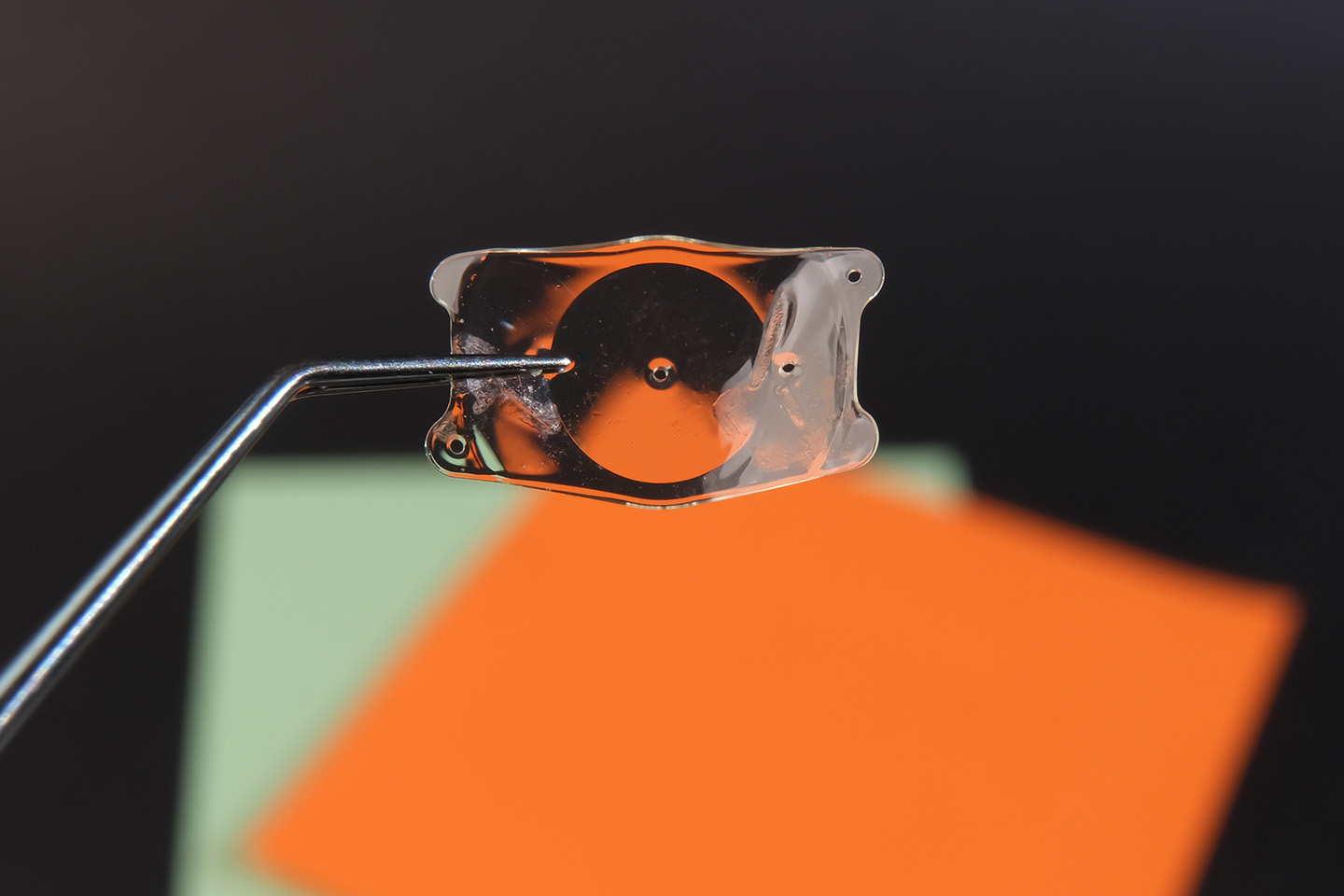What to Consider When Driving with Glaucoma

If you have glaucoma, your driving may be affected. Here’s what you need to know, and what you can do to stay safe.
For many older people, the ability to drive freely is synonymous with maintaining independence. Unfortunately, not everyone who wants to drive is in a position to do so safely. For many older individuals, glaucoma — a severe eye disease that develops gradually, but could eventually lead to blindness if left untreated — can severely hinder safe driving.
The effects of glaucoma on driving can vary depending on the severity and the progression of the disease. However, a diagnosis of glaucoma does not, in itself, have to mean an end to your ability to drive freely. Read on to learn how glaucoma could impact your driving and what you can do if you are concerned about your sight.
How Glaucoma Impacts Vision When Driving
People with glaucoma experience a number of symptoms that can hinder their ability to drive safely, posing a risk to themselves and to other drivers on the road. One such symptom is an increased sensitivity to glare. This can be a problem both during the day and at night, as sunlight and headlights alike can impact glaucoma patients’ ability to anticipate and respond to road changes quickly.
This could potentially make it difficult for these drivers to stay in their lane and to match speeds when changing lanes. Not to mention, glaucoma often affects peripheral vision first — and given that drivers need to be aware of their entire visual environment to change lanes, watch for pedestrians, and more, peripheral vision loss can be quite dangerous.
How to Tell if Glaucoma is Impacting Your Driving
If you receive a glaucoma diagnosis, or if you begin to experience some problems with your vision, you should pay particular attention to what you can, and can’t, see while driving. If you are worried that you or someone close to you might be experiencing issues with driving as a result of their glaucoma, there are some signs you should watch out for.
If you notice increased sensitivity to light, blurred vision whether or not you’re driving, or “near misses” or crashes behind the wheel, it’s time to take a break from driving and seek out an eye care professional. Given that glaucoma develops gradually, it can often be difficult to identify the point at which you have crossed over into the point of unsafe driving. Asking a friend or loved one to come with you and assess your driving can help you determine whether it is time to take a step back.
Driving with Impaired Vision
There are laws in place to help keep impaired drivers off the road, including people with visual impairments. If you take steps to correct your vision, either by wearing prescription lenses or by having surgery, then you might be able to continue driving. In order to find out whether you might still be able to drive even with glaucoma, you should consult a doctor as soon as you find yourself experiencing issues. They can conduct vision tests to determine the extent of your horizontal visual field and to see if you might benefit from surgery.
If you are concerned about how your glaucoma might impact your ability to drive safely, come make an appointment at our Mesa and Chandler locations. Our eye care specialists are here to help you navigate life with glaucoma and help you safely maintain your independence.
[DISPLAY_ULTIMATE_SOCIAL_ICONS]








